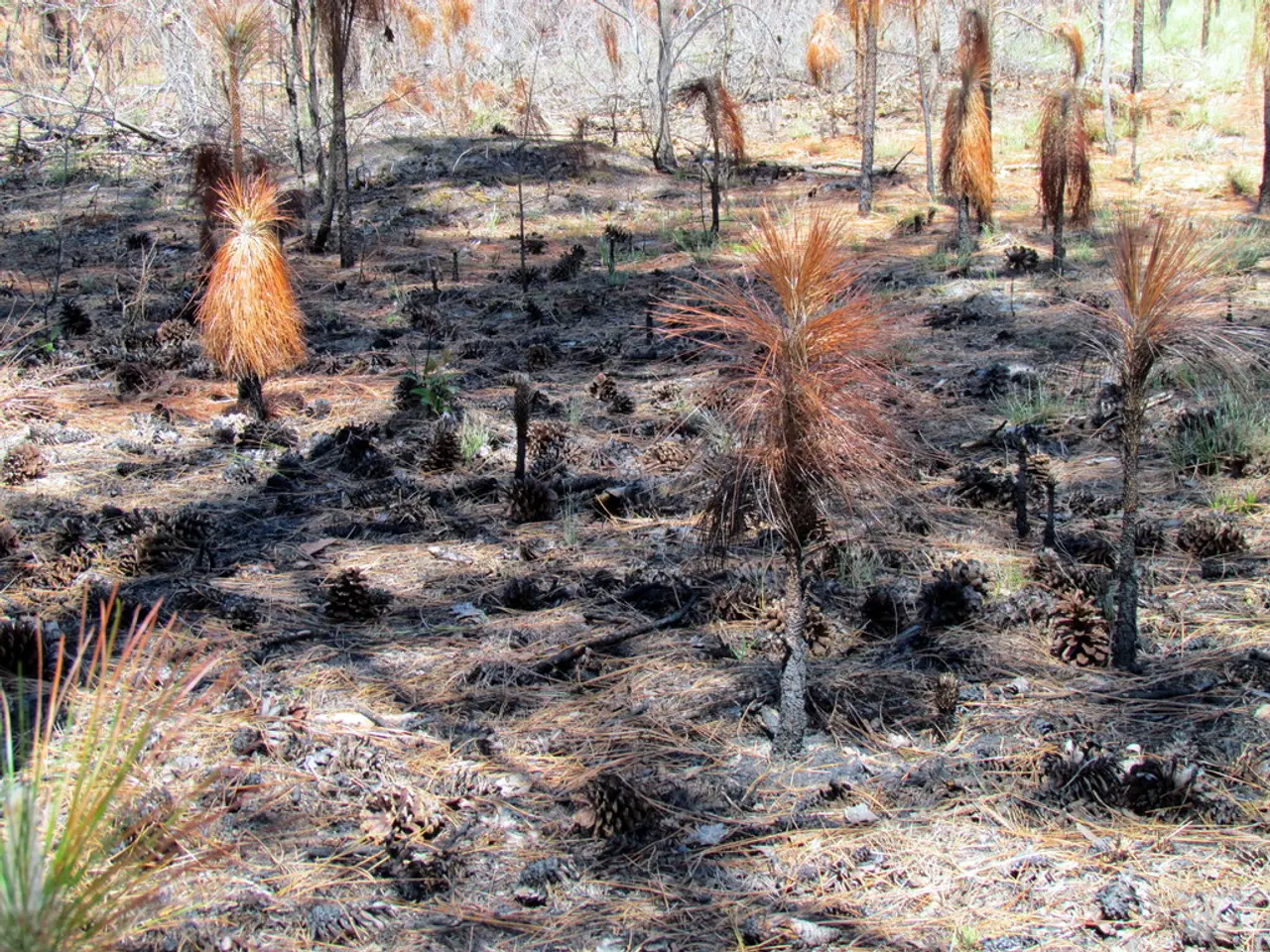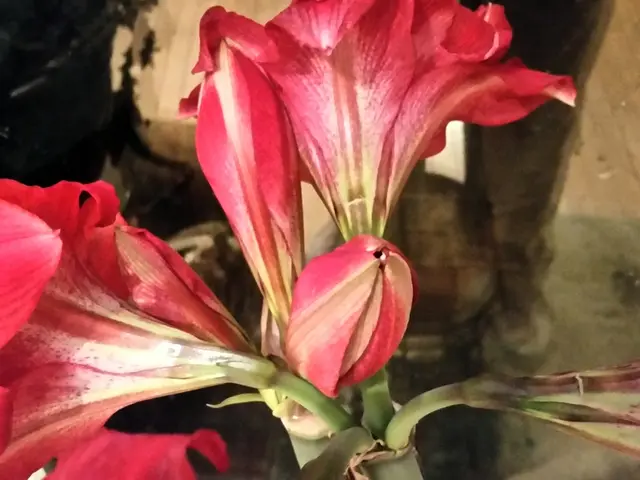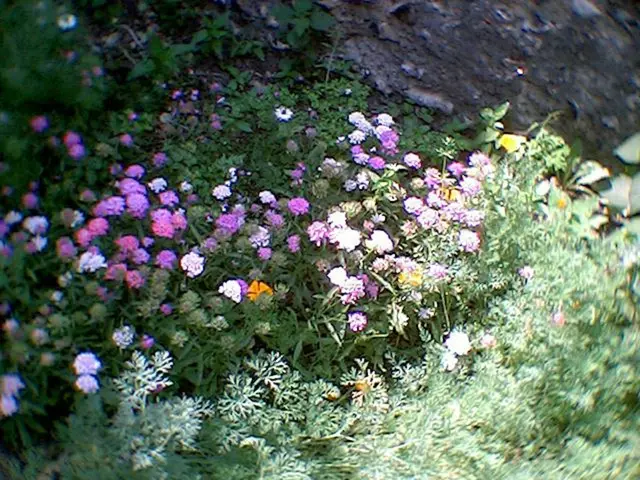Cultivating Legumes as Accompaniment Crops for Enhanced Garden Health
Creating Kickass Combinations with Nitrogen-Fixing Legumes 🌱
Whenever you've got a green thumb, you'll know the secret to a thriving garden lies in the unexpected pairings. Meet the nitrogen-fixing legumes, plants that transform the air into nutrient-rich gold for their fellow garden pals! So grab your gardening gloves and let's dive into the wonderful world of legumes.
The Importance of Nitrogen-Fixing Legumes 💥
You may have heard about nitrogen before - it's part of any NPK fertilizer you see. This crucial element supports various plant processes such as photosynthesis and acts as a catalyst for other minerals. Having sufficient nitrogen in the soil is crucial for optimal plant growth.
Enter nitrogen-fixing legumes, plants that extract nitrogen from the air and convert it into a form suitable for their growth. How do they do this? Through symbiotic rhizobia bacteria that live in nodules on their roots, taking nitrogen from the atmosphere and turning it into a usable form in the soil.
But that's not all, folks! These legumes are also delish on our plates, making them a double win for the garden and the dinner table.
Designing Your Dream Team 🤝
Ready to get started? Here are some iconic legumes to partner up with:
- Peas (snap peas and sugar peas): Peas are easy to love, growing well with a variety of crops like carrots and cucumbers. Plus, with their upright growth and ability to be trellised, they make efficient use of space and provide shade for their buddies below.
- Bush Beans vs Pole Beans: Got a compact greenhouse? Try bush beans! They're easy to manage and don't require support. On the other hand, pole beans are vining, adding some vertical oomph to your garden with their climbing habit. For trellises or cages, pole beans are your go-to!
- Clover Varieties: These low-growing groundcovers do more than just look pretty. Dutch white, micro, crimson, and red clovers all fix nitrogen and suppress weeds while adding a splash of color to your garden landscape.
- Lupines: These spectacular plants are overlooked as legumes, but they provide excellent visual appeal with their striking leaves and blooms, boosting your garden's nutrition and aesthetic appeal.
In the greenhouse, you can grow legumes before the main crop or alongside them. Just be mindful of space constraints when deciding on companion plants.
Remember, heat-loving plants and warm microclimates love beans, while cool-weather crops prefer peas. Keep it simple, like the approach of a poised gardener!
A Final Word 🎙️
Don't forget the benefits of nitrogen-fixing legumes extend beyond the soil. By composting legumes and leaving the roots in the ground, you're creating a nutrient-rich environment for future plantings.
Plus, by saving, drying and replanting seeds, you can enjoy free, natural fertilizer without breaking the bank or hurting Mother Nature.
Choose from a variety of legume options, and watch your garden grow into a rich ecosystem of lush plants and vibrant colors. Happy growing!
Subscribe to our website and follow us on Instagram, Facebook, or Pinterest for the latest updates.
Looking for more expert insights? Check out our gardening hub for tips on soil mixes, no-till gardening, winter composting, and more! 🌱🌱🌱
- Incorporating nitrogen-fixing legumes into your garden can lead to a thriving ecosystem, with these plants transforming atmospheric nitrogen into nutrient-rich gold for other plants.
- Simple garden pairings, such as peas with carrots and cucumbers or bush beans in a compact greenhouse, can create an efficient and visually appealing space.
- Pole beans, with their climbing habit, can add vertical oomph to your garden, while clover varieties not only suppress weeds but also add a vibrant splash of color.
- Even in cold climates, lupines can provide excellent visual appeal, boosting your garden's nutrition and aesthetic appeal.
- In a no-till gardening lifestyle, composting legumes and leaving roots in the ground creates a nutrient-rich environment for future plantings.
- Saving, drying, and replanting seeds from legumes can lead to free, natural fertilizer, promoting both gardening efficiency and sustainability.
- Whether you're a novice or an experienced gardener, exploring different legume options and learning more about gardening techniques through home-and-garden resources can help your garden reach its full potential.








